Simply put, any given person has two choices if they want or need more money:
1) Make more money
or
2) Save more money
It would be nice to be able to do both at the same time however in this day and age the reality is that saving more money is more realistic than finding a higher paying job. However, this isn’t your grandfather’s economy –there’s a lot more ways to buy things that you need and there are subsequently a lot more ways to save on buying those things as well.
So the good news is that there are LOTS of creative and helpful ways to save money and not just on the consumer side of things.
A lot of this guide will focus on your home or apartment. You spend a lot of time there and also a good portion of your income. There’s a good amount of money saving opportunities relating to the home and energy use that this guide covers.
The information contained in this guide is comprised of methods that I’ve personally used as well as a lot of practices formulated by others in their fields of expertise. The validity of the information has been meticulously researched and will often times cite the source(s) for your convenience.
There are a lot of suggestions in this guide for saving money-they won’t apply to everyone as everyone’s situation is different but I’m confident that there are enough tips in this guide that, if put into practice, will save any person a decent amount of money.
Jump To:
⊗ Restaurants
⊗ Auto
⊗ Entertainment
⊗ The Home
⊗ Shopping Online/Retail
⊗ Miscellaneous
Restaurants
Tip your waiter/waitress on the pre-tax total rather than the post-tax total. In 2009 the average American household spent $2668.00 or $1067 per person dining out (U.S. Dept. of Labor). So if your tax on food is say, 6.5% then that translates into a savings of $173.42 per household or $69.35 per individual, per year.
Suggestion #2
Tipping %

Up until the 1980’s the average tipping percentage used to be 10-15% but since then that range has risen to between 15-20% (moneycentral.msn.com).
Its safe to say that most tippers today are tipping out 20% if for no other reason than its easier math but if you were to bring it down a few percentage points to 17% as your tipping standard then you would enjoy a yearly savings of over $32 per individual or $80 per family per year while still leaving a reasonable tip.
Auto
Suggestion #3
Tire Inflation
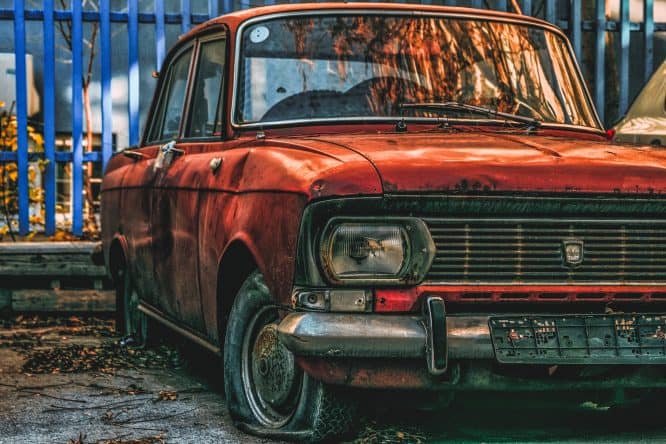
Under-inflated tires reduce the life of the tire and reduce fuel efficiency of the vehicle. When a tire is under-inflated it causes more friction between the tire and the road so by inflating the tire properly it rolls easier and therefore more efficiently.
On average a tire that is under-inflated by 6 psi will result in a reduction in fuel efficiency by 3% and decrease the life of the tire by about 16,000 miles. You’ll spend more on fuel and buy tires more often. So, if all four tires are under-inflated by 6 psi you’re looking at a 12% reduction in fuel efficiency and a higher annual fuel cost.
In short, properly inflated tires could save you about $300 per year in fuel (not to mention the cost of buying new tires more often).
Suggestion #4
Excess Cargo

If you are accustomed to riding around with heavy yet unnecessary things in your trunk or truck bed be aware that for every 100 pounds of “stuff” that you carry that reduces your fuel efficiency by 2-4% depending on the vehicle type.
So, if you are still carrying those old tires in the bed of your truck from last year go recycle them and save yourself some money.
Suggestion #5
Road Trip

Be sure to use cruise control while on long journeys, it saves on fuel (Edmunds.com). It should be noted however that cruise control is most effective on flat stretches of road, on hilly terrain give the reigns back to the driver.
Suggestion # 6
Insurance: Deductibles

If you can handle a higher deductible per year and have a good driving record, raising your deductible will cause your premiums to drop and you’ll enjoy increased savings over time assuming no accidents.
Suggestion # 7
Insurance: Bulk Pricing
Try to have all your insurance policies under one roof –they will often offer multi-policy discounts. You will save somewhere around 10% by having your mortgage, auto and life insurance through the same company.
Suggestion # 8
Car Insurance: 1

Find out if your insurance will be lower if you were to take a one-time safe-driving course. For example, in New York there is a “NY Defensive Driving Course” that can be taken on-line that will reduce your auto insurance by 10% per year for 3 years (and the course can be taken again after 3 years).
The average cost of auto insurance was $1736 annually in 2009 (carinsurance.com) so that would be a savings of $173 per year.
Check with your state, many states offer defensive driving courses that can reduce your auto insurance payments. See Geico’s website for defensive driving courses in your state and Reviews.com for state-specific information on how much insurance you will need.
Suggestion # 9
Car Insurance: 2

Some companies, such as GMAC, offer insurance deals to GM manufactured cars in the form of a “pay-as-you-go” program.
In this case if you own a GM vehicle (Chevy, Buick, Cadillac, GMC) and subscribe to the On-Star service you can opt into a program that can save up to 54% annually on car insurance. The savings vary depending on the amount of miles you drive per year.
The average American drives about 12,000 miles annually (E.P.A.). If your driving habits reflected that of the average American you would save 18% per year and after the cost of On-Star is factored in that comes to $85 per year (assuming an average of $1736/yr on auto insurance).
However, if you drove 10,000 miles or less per year (around 28 miles per day) then you would see savings of 26% or $224/yr after the cost of On-Star is factored in. See lowmileagediscount.com for more information.
Suggestion # 10
Car Insurance: 3

Try to pay for your car insurance in larger time blocks like 6 months. Paying monthly will often cost you a monthly payment processing fee of $3-5 each time they process a payment.
Suggestion # 11
Rental cars

If you’re renting a car in North America there is a good chance that their lot is comprised primarily of larger vehicles. In other words, compacts make up a smaller percentage of the rented cars and this can be advantageous if you want to be in a larger car for a compact price.
According to J.D. Power and Associates, only 14% of cars rented in North America are compacts which means that if you reserve a compact you will probably be upgraded to a mid-sized or larger vehicle at no extra cost due to lack of availability of compacts.
This is something that is part of car rental policy and can work to your advantage. If they DO happen to have a compact per your request then you will definitely save money on fuel costs for the limited time you drive the rental.
Suggestion # 12
Buying used cars

So you’ve decided to save yourself some money by purchasing a used vehicle. If the vehicle has been driven enough and for enough time you may be looking at a car that has some hidden problems.
In this case, it’s a good idea to get a friend who is fairly skilled in auto mechanics to inspect any car you are serious about.
If you have to, pay a mechanic to inspect the vehicle as you are already saving by buying used and hidden problems can come back later to cost you a great deal more than the cost of a mechanic’s inspection.
Suggestion # 13
Car buying

Let’s say you are dead set on getting a new car and you go down to the dealer and find one for $15,000. Consider this: the second a new car rolls off the lot it loses approximately 9% of its value and can now technically be called “used”. Why not focus on a car that is “like new” instead?
The value of the new car goes from $15,000 to $13,650 in the amount of time it takes to drive off the lot. There’s no need to pay that extra cash if you don’t have to.
Suggestion # 14
Fuel efficiency

Gas prices always seem to be going up but there are things you can do to combat increasing fuel costs. Achieving maximum fuel efficiency is a pretty good way to spend less on fuel.
A good way to get the best efficiency out of your car or truck is to idle no more than 30 seconds (energysavers.gov). Idling gets you 0 miles to the gallon and unlike older carburetor vehicles less fuel is required to start up the car.
Another good way to increase fuel efficiency is to check your air filters regularly –an unclogged filter can increase your fuel efficiency by up to 10%.
Entertainment
Suggestion # 15
Buying Books
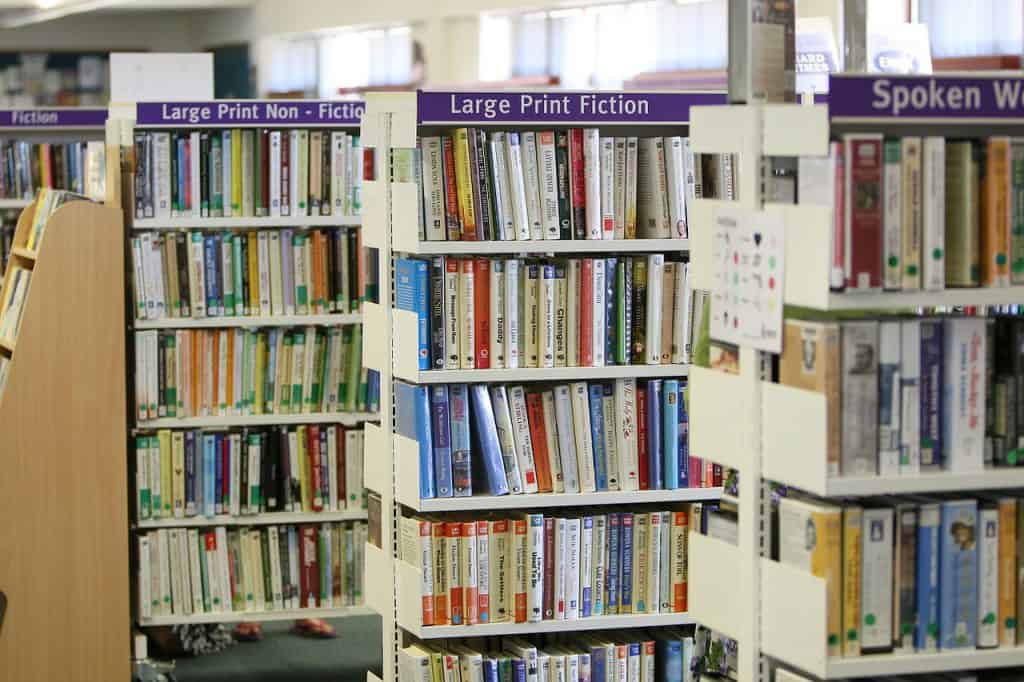
The average American family of 2.5 spends $118 per year on reading material (U.S. Dept. of Labor, 2009).
One way to reduce your cost on buying books is to determine what you want by perusing the titles at a major bookseller like Barnes and Noble then going on-line to HPB.com (Half Price Books) and purchasing the same book for a fraction of the cost.
Even with shipping costs you will still save money on books, especially on older titles. Even if you find it on-line make sure you check out HPB.com before you do anything –chances are its cheaper at their site.
Suggestion # 16
Renting Movies

Though streaming is the norm these days you may not want to spend the monthly costs for these services or you may not be able to find the particular movie you want. If you’re content with your DVD player then consider getting movies from your local library.
They are often free to check out (though some titles carry a nominal fee). The selection of movies won’t be as extensive as a movie rental store but its hard to argue with free.
The Home
Suggestion # 17
Water Heater
By properly insulating your existing electric water heater you can experience energy cost savings in the range of 4-9% annually (energysavers.gov). You’ll also want to consider the bottom of your water heater –by adding a rigid piece of foam insulation to the bottom you’ll be that much more energy efficient.
Suggestion # 18
Lighting Options

Incandescent vs. fluorescent (CFL) lighting is a topic that has come into the light, so to speak, in recent years. The conclusions are pretty solid however and it points to CFL and LED bulbs if you want to save money predictably. CFL bulbs use 25-80% less energy than incandescent and can last and last considerably longer (3-25X longer).
Let’s just take a 9 year time period as an example and compare all three bulbs across the board. Between purchase cost and energy costs, incandescent bulbs will cost you $81 over that time period while CFL’s will cost $53 and LED’s will cost $25.5.
A typical household has approximately 23.5 bulbs so you can see how these savings start to add up pretty quick.
One argument against CFL’s is that the emitted light isn’t as “warm” as conventional bulbs but in order to achieve a similar look buy CFL’s in the 2700 Kelvin Range (2700K).
Suggestion # 19
Standby Power

Standby power is the power used by devices/appliances that are plugged in by not in use. Standby power accounts for approximately 5-10% of power bills (standby.lbl.gov).
Unplugging everything in your home when its not being used may not be practical but there are certain devices or appliances that are used less than others that may make good candidates for unplugging.
Suggestion # 20
Computers: Power
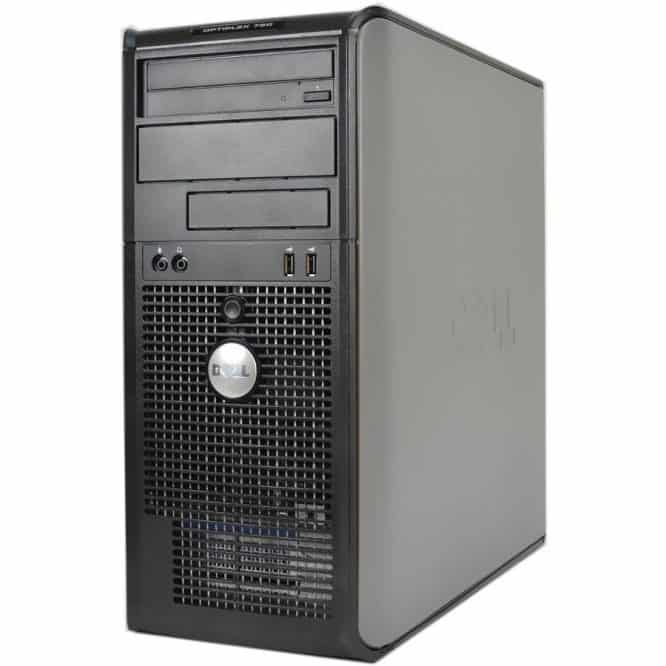
Turning off your computer when not in use will save money but only if you unplug it –a PC that is turned off but not unplugged uses the same amount of power as a PC in “hibernate” mode (Microsoft.com).
Suggestion # 21
Heating & Cooling

When gone for the day set your thermostat higher or lower than ideal temperature as opposed to turning your heating or cooling system off while away.
It requires a tremendous amount of energy to re-heat or re-cool a room or living space in a house. With air conditioning systems, its best to allow it to continue “conditioning” the air to remove moisture as that is a big cause of mold in homes.
An easy way to save money with less hassle is to use a programmable thermostat. These simple devices allow you to set when you want the house cooled or heated and never forget so you won’t be cooling or heating an empty house.
They are very easy to install and use. NEST estimates an average yearly energy savings of between $130-140.
Additionally, be sure that there are no heat-producing appliances near the thermostat as that will cause the thermostat to “think” its warmer than it really is in the house and cool unnecessarily.
Suggestion # 22
Phone
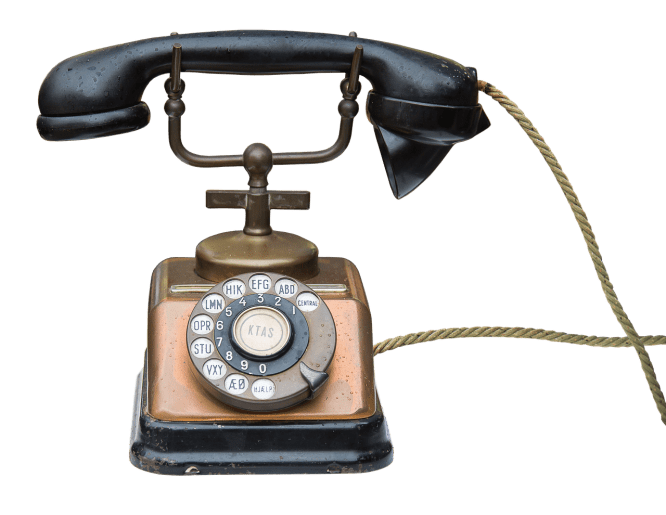
Get rid of the “landline” –it costs money every month and is more or less obsolete with the widespread use and utility of cellular phones. The average landline costs between $20 and $50 dollars per month (that’s between $240 and $600 of savings per year!)
Suggestion # 23
Cleaning supplies

In particular, look at mildew and mold cleaners. Mildew is a mold and molds are destroyed effectively with sodium hypochlorite (A.K.A. bleach). A common brand name is Chlorox. This chemical is a strong oxidizer and is the active ingredient in just about every mold killer out there.
A cost effective DIY hack to clean and save money is to buy a bottle of bleach- dilute it to 3/4 cup of bleach for every gallon of water (or 6 oz bleach/128 oz of water).
The commercial mold killer in stores will give you 16 oz. and cost way more than 32 oz. of bleach and the in the long run you’ll get more cleaning solution and will have paid less for it.
Suggestion # 24
Insulation

Space heating and space cooling taken together represent 43% of the utility bill of an average household (Buildings Energy Data Book, 2007). One of the most effective ways one can buffer against temperature swings (due to loss of heat or cold) is to properly insulate your attic.
It is recommended that you have at least 11 inches of fiber glass or rock wool or 8 inches of cellulose. Its super easy to install, especially the pink stuff (called “batt insulation” in home improvement centers).
Suggestion # 25
Duct work

Duct work carrying hot air to warm the house in winter may lose up to 60% of its heat energy before it reaches the temperature register if it’s insufficiently insulated.
Space heating represents 31% of energy costs in the average household so poorly insulated duct work could cost you a lot in the long run. And wrapping the ducts is not something you need to hire someone to do and the insulation itself is not that expensive either.
Suggestion # 26
Heat Pumps
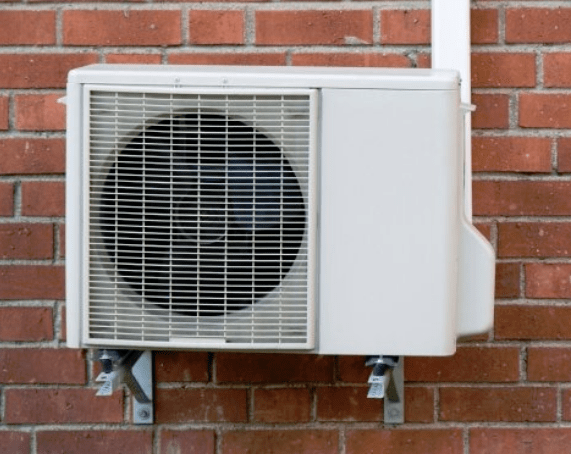
Heat pumps are systems in which heat is moved from where it is (outside) to where it is needed (inside). Additionally, the system can be reversed to also cool a home.
Because heat pumps are merely moving heat around rather than producing it they can often provide 4 times the energy they consume (Dept. of Energy).
Heat pump systems have been around since the 1940’s and have a long-standing reputation for their very high efficiency rates. Heat pumps can save between 30 to 40% on your energy bill especially when the most appropriate type of pump is installed in your home.
The purchase and installation of a new heat pump is not without cost however. You can get one installed for as low as $1500 and have the cost made up in a little over 2 years.
If the average heat pump lasts about 14 years then you would have saved over $7,800 in energy costs over the life of the unit.
Suggestion # 27
Air conditioning

Your AC unit may be so old that its efficiency rate is unacceptably low (and unacceptably expensive!) An old unit can cost you up to 50% more in cooling costs than it should.
Even though a new unit would cost money up front the savings down the road would more than make up for the out-of-pocket expense.
Suggestion # 28
Shade
Planting a shady tree near your AC unit such that the unit is able to operate largely in the shade will result in up to 10% less electricity used by the AC unit.
If a tree isn’t an option consider a simple home-built structure that provides shade as well as keeps the rain off.
Suggestion # 29
Windows

Windows can account for up to 25% of the heating bill. You can get now get windows that are manufactured with special coatings that keep heat inside better in winter reducing heat loss. One can also install double pane windows that are, by design, more insulating.
Additionally, these so-called “low-e” coatings on windows reflect the radiant energy coming from the sun in the summer thereby reducing heat gain inside the house keeping the home cooler.
Suggestion # 30
Dual flush toilets
In 1992 the government required all new toilets to use no more than 1.6 gallons per flush however there are still many toilets in operation that use an average of 3.5 gallons per flush.
According to the National Rural Water Association, American families spend an average 1.5 percent of their income on water and sewer (ave. of $476/year). Approximately 30-40% of the water used in homes goes exclusively to flushing the toilet (Env. Protection Agency).
For $30 to $40 a dual flush converter can be purchased and easily installed in your conventional toilet that may result in savings of $143 to 193 per year, every year. These converters can be found at home improvement stores or websites such as the HydroRight by Danco.
Suggestion # 31
Aerated faucet heads
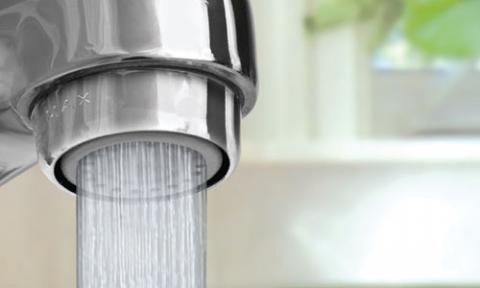
Aerated faucet heads, as those found in kitchen faucets and shower heads mix pressurized air with heated water. The result is a reduction of water use by up to 40%.
These type of heads not only use less water with no noticeable changes in shower quality but because you’re using less water your water heater is heating less water and therefore the average 10 min. shower costs less.
In fact, 33% of the $476 per year national average spent on water and sewer goes to bathing. With high efficiency showerheads alone the $157 that would normally go to bathing costs per year gets knocked down to $94 per year, every year (saves $62.8 per year).
The reduction of heating costs (35-40% reduction) associated with heating less water must also get added to the equation. These particular shower heads range in price but the High Sierra High Performance shower heads perform excellently and won’t break the bank.
Suggestion # 32
Heating your water
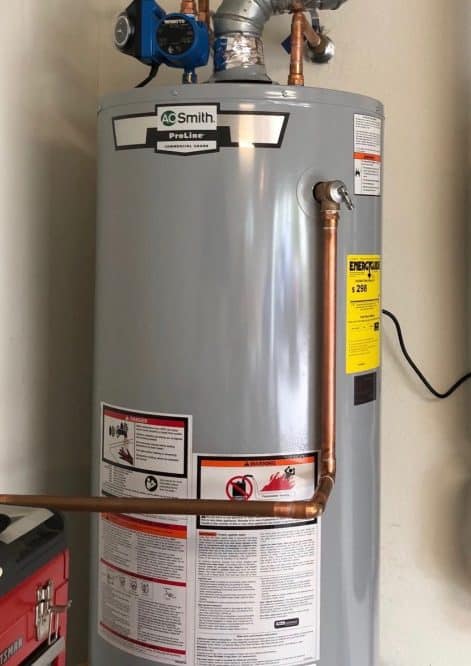
There are several options for units to heat the water in your house. Here, only electric and gas water heaters will be compared. The following comparison is between an electric heater, propane heater and a natural gas heater.
A Kenmore 40 gal electric water heater will cost approximately $240, the same size and brand of propane heater will cost $450 while the natural gas heater will cost $400.
The yearly cost to operate the electric water heater is approximately $390, the propane heater costs $283 yearly while the natural gas heater will run $136 every year.
Even though the natural gas heater costs $160 more up front you end up paying $254 less every year. The average water heater lasts about 13 years (depending on demand of use and water quality) so that’s a savings of $3,300 for the life of the heater (Consumerenergycenter.org).
If you have the option go with gas though propane scores well too (saves $1,391 over the life of the heater when compared to electric heaters).
Suggestion # 33
Laundry

A great deal of energy, water and time is used when you do more loads of laundry than you really have to.
By setting the water temperature on the washer to “cold” this allows you to mix darks and whites (thereby avoiding separate loads for each) and also saves on heating costs to heat the water.
There are many cold water detergents available formulated to work well in cold water such as “Tide Cold Water” detergent.
Suggestion # 34
Setting water heater temperature

Most manufacturers of water heaters set them at 140 degree F. Water at that temperature will leave you with 3rd degree burns after only 6 seconds of exposure therefore it is unnecessary to spend the money in heating costs to heat water to temperatures that aren’t used.
For every 10 degrees F lower you set your water heater you could save 3-5% per year. The average American family spends $1900 per year on energy bills which translates into an annual savings of $57-95 per year.
One thing to be aware of is that you want to keep your water heater above 122 F to inhibit any bacterial growth therefore 130 F is an appropriate, money saving temperature.
Suggestion # 35
Solar water heaters

The average American household pays to heat approximately 300 gallons of water per day. Most homes in the U.S. are in locations that are appropriate for solar water heaters and could be heating their water for free.
Most sources for solar water heaters conclude that the unit will pay for itself in 3-5 years with the added benefit of a 30% federal tax credit to be put towards the unit and labor.
For the Do-It-Yourselfers you can buy 80 gallon units for $500-600 dollars and install the system yourself. There are many different kinds of solar water heaters so be sure to find the one that most suits your region and climate.
Suggestion # 36
Air Filters

Air filters are an easy one to forget because they are out of sight. That doesn’t mean however that clogged filters aren’t costing you money.
When an air filter is dirty it causes the air moving system (be that A/C or heating unit) to work harder to move air which is less efficient and more costly.
Space heating and space cooling taken together account for 48% of the energy bill. A replacement air filter can cost you from $4 to $24 or more depending on the thickness and type you buy but in the end regular replacements will save you 5 – 15% every year on heating and cooling costs.
If the average American family spends $1900 per year on the energy bill, that’s a savings of a least a few hundred depending on what is spent in filters.
Shopping Online/Retail
Suggestion # 37
Everyone knows about coupons and a lot of people use them regularly. How much you save per year will vary with each individual and how much effort they put in.
One thing that you may have forgotten though is that the customer is king and as long as there is competition you will always have options.
That means that if you have an expired coupon you should still attempt to use it. If you have a competitors coupon you should try to use that as well.
The other alternative for a business that won’t accept an expired coupon is watching you walk out the door and spend your money elsewhere.
Therefore they would rather honor an expired/competitors coupon and make a little less than lose the business altogether. Check out this Lifehacker article for a short list of major brands taking competitors coupons.
Suggestion # 38
This is a site for those who purchase on-line. Its been around for a little while so you have probably heard of it.
This site has set up relationships with hundreds of stores and all give you a % back in the form of a check. For example, if you are in the market for a desktop PC, there is a Gateway brand PC listed on Ebates.com under one of their participating sites called buy.com.
Its listed at $870.00, then they take $270.00 right off the top leaving the total before shipping at $600.00. Buy.com, working with Ebates.com, will also give the customer 2.5 % of the price of that computer in the form of a check written monthly.
Let’s say shipping on this item was $100, in total you’d pay $700 and get a check for 15 bucks in the mail a month later (which is a total of $685). Amazon was also listing the same computer at $890 with a discount of $93 and free shipping for a total of $797.
By using Ebates, a customer would have paid $112 less for the computer than by shopping through Amazon (and Amazon is hard to beat!). If you plan on shopping on-line during the holidays you might as well get a percent back on you’re going to buy anyway.
Here’s a snapshot of my personal ebates totals currently. Not gonna pay off the mortgage with this but its also pretty effortless.
It just sticks right up there near your other extensions and automatically lets you know if the purchase you’re about to make will get some cashback.

Suggestion # 39
Promotional codes:
There are times when you are at the check-out step of purchasing something on-line when it asks you for a promotional code (“promo code” or coupon code) that will result in knocking a dollar amount or percentage off the item in your cart.
Most of the time we don’t have a promo code to enjoy the potential additional savings…or do we?
There are entire websites dedicated to promo codes such as retailmenot and Promotionalcodes. On sites like these you can find codes for just about any store you shop. Some give you $20 off a Sea World admission ticket or 15% off JC Penny purchases on-line, there are lots of options to choose from.
It should be noted that most will publish an expiration date –if you are late try the promo code anyway, in many cases the codes still work after the expiration date (in some cases they work for years after the expiration date).
Suggestion # 40
Brand names vs. Generic

Brand names attract a lot of buyers in the grocery store because these brands are seen on T.V. and other advertising so people seem to trust them more than generics and therefore pay the heftier price for them. But are you really getting a product that is that much better?
Just because a product is popular doesn’t mean its good –it may just mean that it has been marketed better. According to Consumer Reports, shoppers can enjoy savings of up to 30% off normal grocery bills by going generic.
Some things like branded soda are up to taste and can’t be compromised while other products like mouthwash perform just as well in the generic form.
Miscellaneous
Trading
Suggestion # 41
Objects and services have monetary value attached to them. Rather than pay the mechanic to fix your car try to arrange to trade something of equal value such as that working hot tub you don’t use anymore or yard work services for a set amount of time. 
Everyone places different values on things and services so a hot tub to you may just be taking up space but for the mechanic it may be just what he or she was looking for. Check out this from Money Crashers on a list of bartering sites.
Final Thoughts
Not everyone will follow every one of these money saving tips but fortunately you don’t have to to save significant money.
Not every suggestion in this booklet will make sense for every person due to the highly variable living situations but complaisance will cost you money, if you don’t try any of the suggestions you will definitely not save any more money and will end up paying more than you have to.
Saving money will always be easier and more reliable than trying to make more money. Who wants to pay more when you don’t have to anyway?!












Comments are closed.